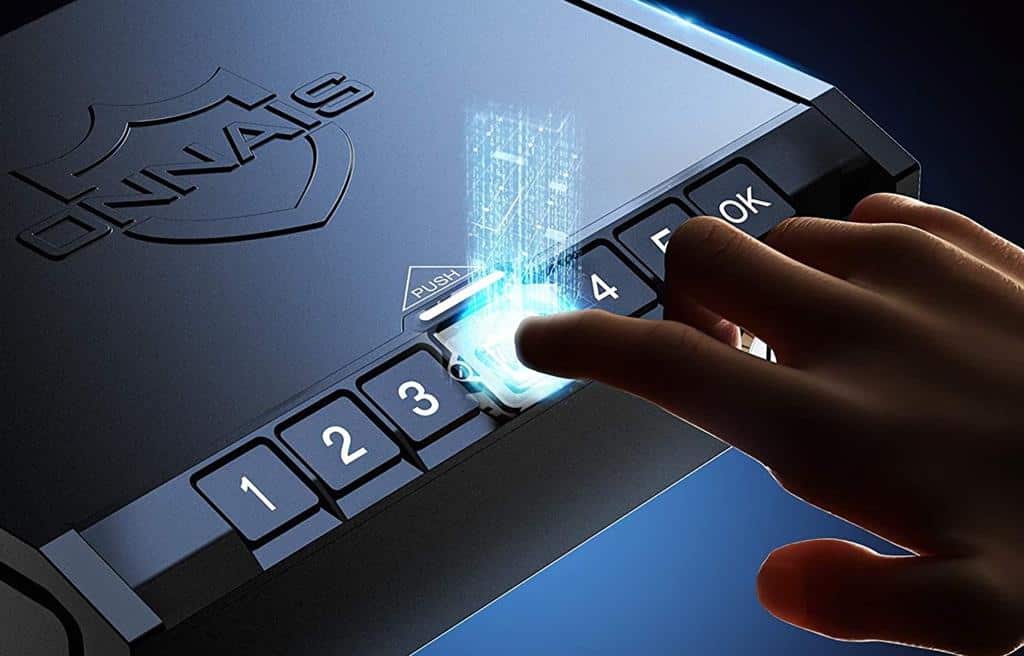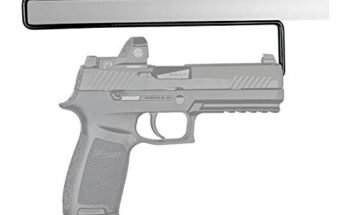Biometric technology has revolutionized the way we secure our valuables, and when it comes to firearms, the use of biometric multi-handgun safes has gained popularity for its convenience and quick access. As firearm owners seek secure yet accessible storage solutions, the question arises: Are biometric safes reliable for multi-handgun storage? In this in-depth exploration, we’ll delve into the reliability, benefits, and considerations of utilizing biometric safes for storing multiple handguns.
Understanding Biometric Safes
How Biometric Safes Work
Biometric safes utilize advanced fingerprint recognition technology to grant access to authorized users. Instead of traditional key locks or combination codes, these safes rely on the unique biometric markers of an individual’s fingerprint. The process involves capturing and storing the fingerprint data, allowing quick and secure access with a simple touch.
The Reliability of Biometric Technology
The reliability of biometric safes hinges on the accuracy and dependability of the fingerprint recognition system. High-quality biometric safes employ sophisticated algorithms and sensors to ensure precise readings. Advances in biometric technology have significantly improved reliability, reducing false positives and negatives, which were common concerns in earlier iterations.
Advantages of Biometric Safes for Multi-Handgun Storage
1. Quick and Convenient Access:
Biometric safes offer unparalleled speed in accessing your firearms. With a simple touch or swipe of a registered fingerprint, the safe can be opened within seconds. This swift access is particularly valuable in situations where time is of the essence, such as home defense scenarios.
2. Multiple User Access:
Many biometric safes allow the registration of multiple fingerprints, enabling several authorized users to access the safe. This feature is especially beneficial for households with multiple gun owners, ensuring that each individual can securely access their firearms without compromising overall security.
3. No Need for Keys or Codes:
Unlike traditional safes that rely on keys or numeric codes, biometric safes eliminate the risk of lost keys or forgotten combinations. This not only enhances security but also provides peace of mind for users who may struggle to remember codes or misplace keys.
4. Tamper Alerts:
High-quality biometric safes often come equipped with tamper alerts. These features notify users of any attempted unauthorized access or tampering, enhancing security and acting as a deterrent against potential intruders.
Considerations and Potential Concerns
1. Power Dependency:
Some biometric safes require a power source to operate the fingerprint recognition system. While many models come with backup options, such as battery power, it’s essential to consider the potential impact of power outages on the functionality of the safe.
2. Maintenance and Cleanliness:
The reliability of a biometric safe can be influenced by the cleanliness of the fingerprint sensor. Regular maintenance, including cleaning the sensor, is necessary to ensure accurate readings. Failure to maintain the sensor could result in misreads or failures to authenticate fingerprints.
Conclusion
In conclusion, biometric safes have proven to be reliable and efficient for multi-handgun storage, offering a balance between security and quick access. Advances in technology have addressed earlier concerns, making these safes a popular choice for firearm owners who prioritize convenience without compromising on safety. When choosing a biometric safe for multi-handgun storage, it’s crucial to opt for a reputable brand with a track record of reliability and to consider factors such as power dependency and regular maintenance. Ultimately, a well-chosen biometric safe provides a secure and accessible solution for firearm storage, contributing to the overall safety and peace of mind of gun owners.



